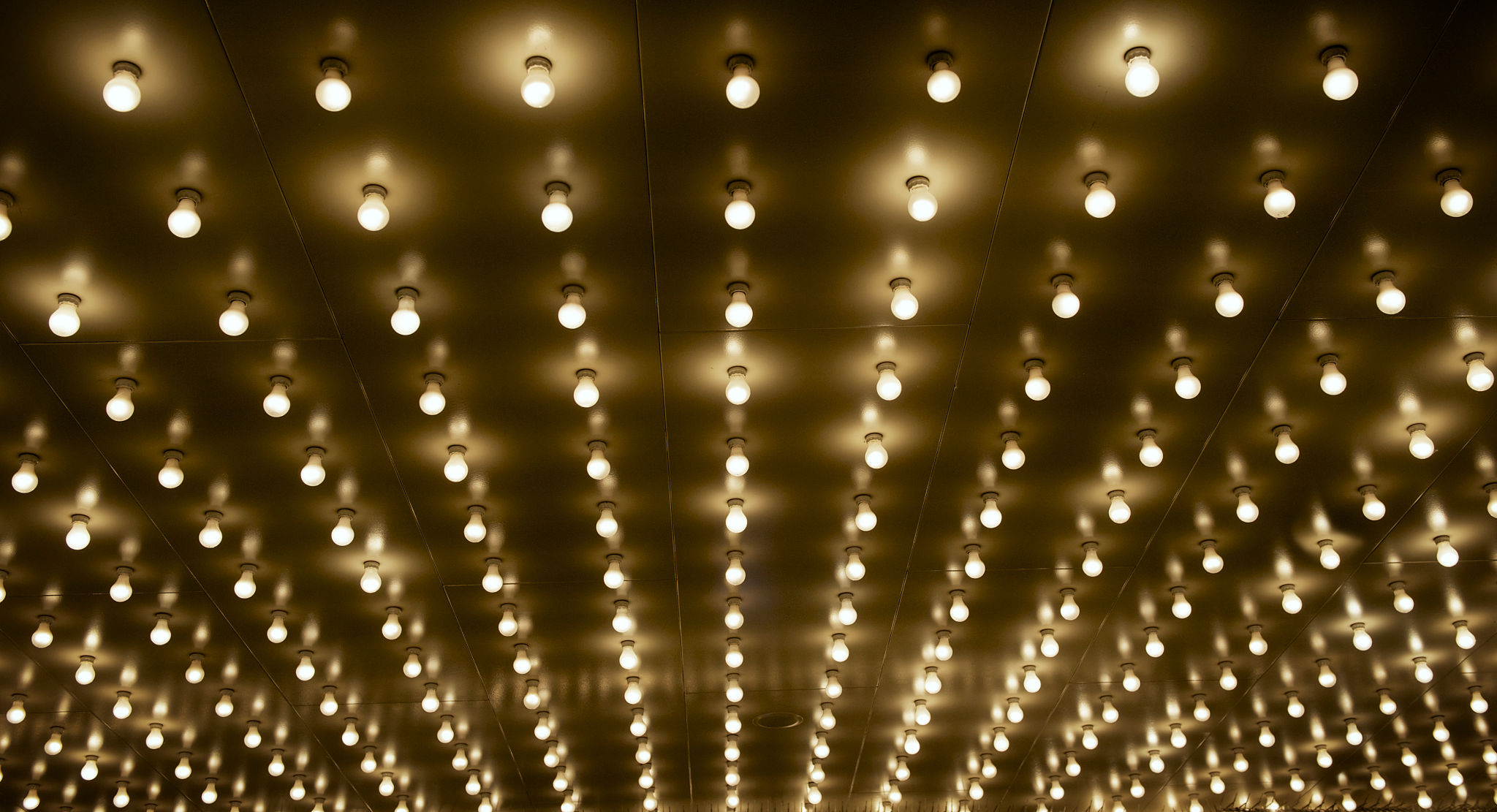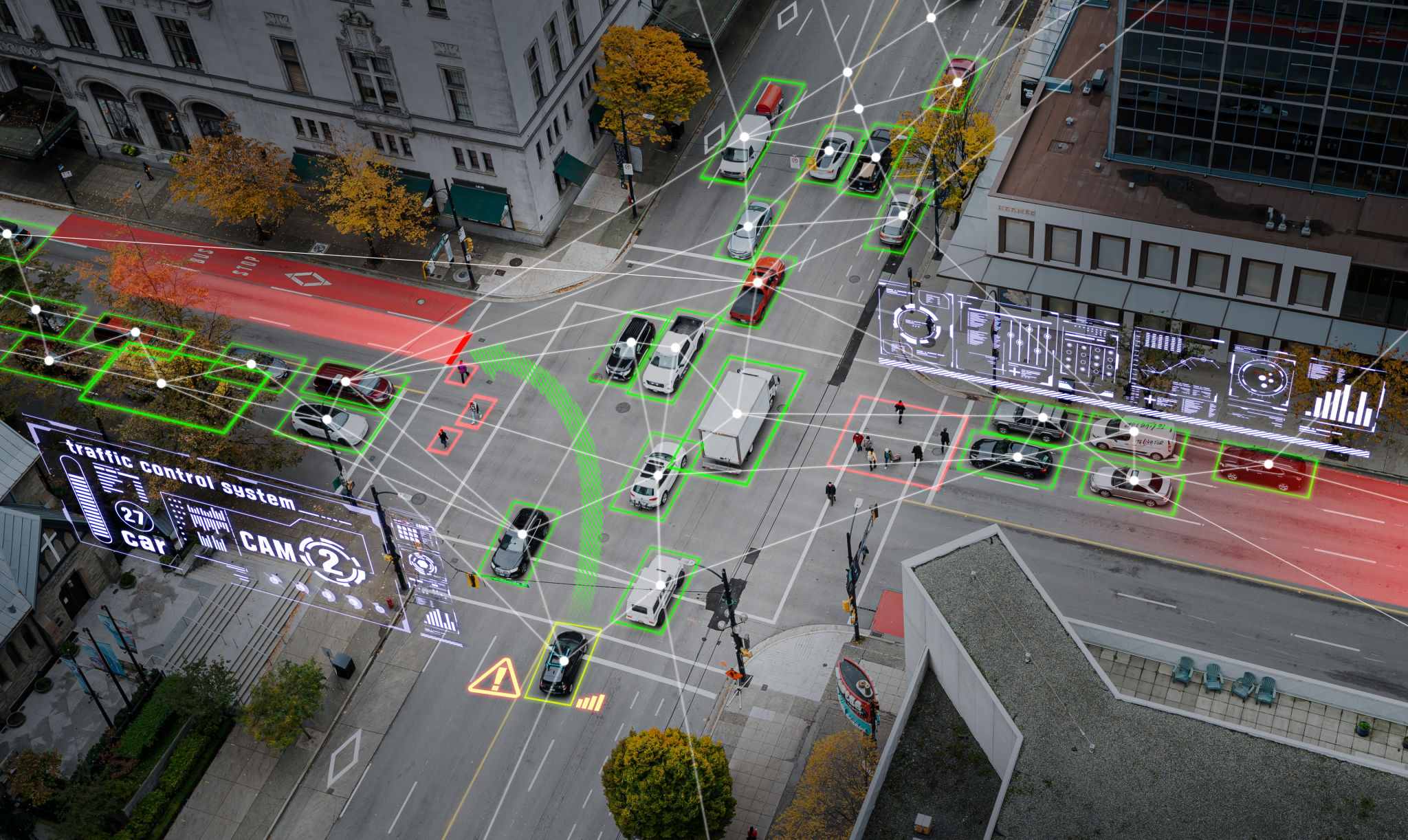Case Study: Successful LED Lighting Projects in Los Angeles
Introduction to LED Lighting Projects in Los Angeles
Los Angeles is a city known for its innovation and sustainability efforts. Among its many initiatives, the transition to LED lighting stands out as a key success story. This case study explores several impactful LED lighting projects in Los Angeles, highlighting their benefits and the lessons learned from their implementation.

The Benefits of LED Lighting
LED lighting has become a popular choice for cities worldwide due to its numerous benefits. One of the primary advantages is energy efficiency. LEDs consume significantly less power than traditional lighting options, leading to considerable cost savings. Additionally, they have a longer lifespan, which reduces maintenance costs and the frequency of replacements.
Environmental impact is another critical factor. By reducing energy consumption, LED lights contribute to lower carbon emissions, aligning with Los Angeles's commitment to environmental sustainability. Furthermore, the quality of light provided by LEDs improves visibility and safety in public spaces.
Case Study: Street Lighting Overhaul
One of the most ambitious projects in Los Angeles was the overhaul of the city's street lighting system. The project involved replacing over 140,000 streetlights with LED fixtures. This transition not only cut energy usage by over 60% but also enhanced nighttime visibility, making streets safer for pedestrians and drivers alike.

The project was a collaborative effort between the city's Bureau of Street Lighting and various private partners. This collaboration ensured the integration of smart technology, allowing for remote monitoring and control of the lighting systems. As a result, maintenance efforts have become more efficient, further reducing operational costs.
LED Lighting in Public Buildings
In addition to street lighting, Los Angeles has also focused on upgrading lighting systems within public buildings. The retrofit projects have targeted schools, libraries, and government offices, leading to substantial energy savings and improved working conditions.
For instance, the installation of LED lights in school classrooms has shown positive impacts on student performance. The enhanced lighting quality creates a more conducive learning environment, improving concentration and reducing eye strain among students.

Lessons Learned from Implementation
Several lessons have emerged from Los Angeles's successful LED lighting projects. First, involving multiple stakeholders, including government agencies and private companies, can enhance project execution and innovation. Collaboration ensures that projects benefit from diverse expertise and resources.
Second, integrating smart technology with LED systems maximizes their efficiency and effectiveness. Smart controls allow for real-time monitoring and adjustments, optimizing energy usage and extending the lifespan of the fixtures.
Future Prospects for LED Lighting
The success of these projects has set a precedent for future developments in Los Angeles. The city plans to continue expanding its use of LED technology, including exploring more advanced smart city applications such as adaptive lighting systems that respond to real-time environmental conditions.
Moreover, ongoing research into new LED innovations promises even greater efficiency and sustainability. As technology advances, Los Angeles remains committed to staying at the forefront of eco-friendly urban solutions.

Conclusion
The LED lighting projects in Los Angeles serve as a model for other cities aiming to enhance sustainability while reducing costs. By embracing cutting-edge technology and fostering collaborative efforts, Los Angeles has successfully illuminated its path toward a greener future.
As more cities follow suit, the global impact of such initiatives will undoubtedly contribute to positive environmental change and improved urban living conditions.